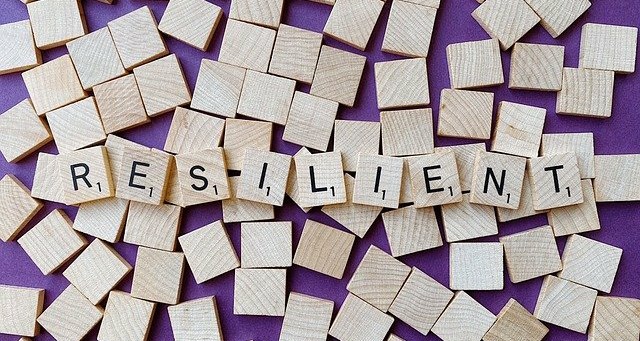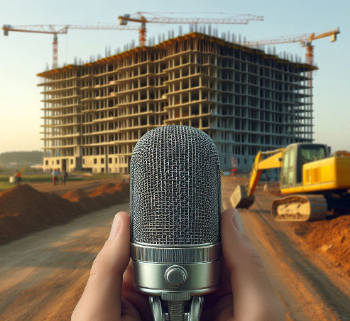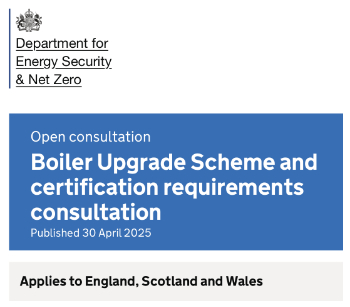Business resilience
Contents |
[edit] Introduction
In 2020 the double whammy of a coronavirus pandemic and an indeterminate prediction of the outcome of Brexit negotiations has led to a new consideration in boardrooms up and down the country. The word on directors’ lips is “resilience”.
Building resilience into an organisation requires focus in three distinct areas:
- Strategy at corporate level.
- Day-to-day operational policies.
- Workforce adaptability.
[edit] Strategy at corporate level
- Construction projects rely on supply chains. Whereas price has generally been the dominant factor, procurers should also consider the vulnerability of long supply chains and logistical reliability.
- Consider building cash reserves to tide over shortages or unexpected crises such as a pandemic rather than paying large bonuses or distributing over generous dividends.
- Carrying increased stock and spares so there is less reliance on “just in time” deliveries.
- Designing projects with a greater emphasis on using local products and labour.
[edit] Day-to-day operational policies
- This is about rapid response to changing circumstances in order to survive.
- Pubs turning into takeaways and the motor industry producing ventilators in response to the coronavirus pandemic were examples of agile management thinking on its feet.
- The incredible speed with which the Nightingale hospitals were established shows what an industry can achieve when it has a rapid response mindset.
- Carry out management exercises in scenario planning for different potential situations that could arise; such as power cuts, terrorist attacks, natural disasters, changes in legislation, industrial action, supply chain disruption, pandemics and so on.
[edit] Workforce adaptability
- Reliance on one key individual is risky and shadow working is desirable.
- The ability of a business to have a workforce that can continue to function by remote working has proved to be life saving for some companies during national lock downs.
- The construction industry has had to adapt its practices to social distancing to stop the spread of COVID-19. This entails detailed planning of overlapping trades and installation to avoid proximity clashes.
There is every chance that 2020 will be seen as disastrous, but the subsequent recovery will kick start a number of innovations and changes to working practices. Artificial Intelligence, the internet of things and smart buildings are likely to feature in technical advancement but the coronavirus pandemic has shown up a number of weaknesses that will need addressing and moreover it has caused people to re-evaluate their lifestyle. This will force cultural change to the working environment. Shorter working hours, improved productivity through technology and a greater respect for the environment could herald a new dawn. It is an opportunity to reset the clock.
[edit] Related articles on Designing Buildings Wiki
- Adaptability.
- BREEAM Adaptation to climate change.
- BREEAM Designing for durability and resilience.
- Building back better with BREEAM.
- Building Back Better: Resilience
- Building flood resilience.
- Coronavirus.
- Design flexibility.
- Designing resilient cities: a guide to good practice (EP 103).
- Engineering resilience to human threats.
- Future proofing construction.
- Managing and responding to disaster.
- Pressing pause to avoid errors.
- Property flood resilience.
- Resilience.
- Re-evaluating the design life of buildings.
- Two steps towards a more resilient world.
Featured articles and news
Licensing construction in the UK
As the latest report and proposal to licence builders reaches Parliament.
Building Safety Alliance golden thread guidance
Extensive excel checklist of information with guidance document freely accessible.
Fair Payment Code and other payment initiatives
For fair and late payments, need to work together to add value.
Pre-planning delivery programmes and delay penalties
Proposed for housebuilders in government reform: Speeding Up Build Out.
High street health: converting a building for healthcare uses
The benefits of health centres acting as new anchor sites in the high street.
The Remarkable Pinwill Sisters: from ‘lady woodcarvers’ to professionals. Book review.
Skills gap and investment returns on apprenticeships
ECA welcomes new reports from JTL Training and The Electrotechnical Skills Partnership.
Committee report criticises UK retrofit schemes
CIOB responds to UK’s Energy Security and Net Zero Committee report.
Design and construction industry podcasts
Professional development, practice, the pandemic, platforms and podcasts. Have we missed anything?
C20 Society; Buildings at Risk List 2025
10 more buildings published with updates on the past decade of buildings featured.
Boiler Upgrade Scheme and certifications consultation
Summary of government consultation, closing 11 June 2025.
Deputy editor of AT, Tim Fraser, discusses the newly formed society with its current chair, Chris Halligan MCIAT.
Barratt Lo-E passivhaus standard homes planned enmasse
With an initial 728 Lo-E homes across two sites and many more planned for the future.
Government urged to uphold Warm Homes commitment
ECA and industry bodies write to Government concerning its 13.2 billion Warm Homes manifesto commitment.
From project managers to rising stars, sustainability pioneers and more.
Places of Worship in Britain and Ireland, 1929-1990. Book review.
The emancipation of women in art.
























